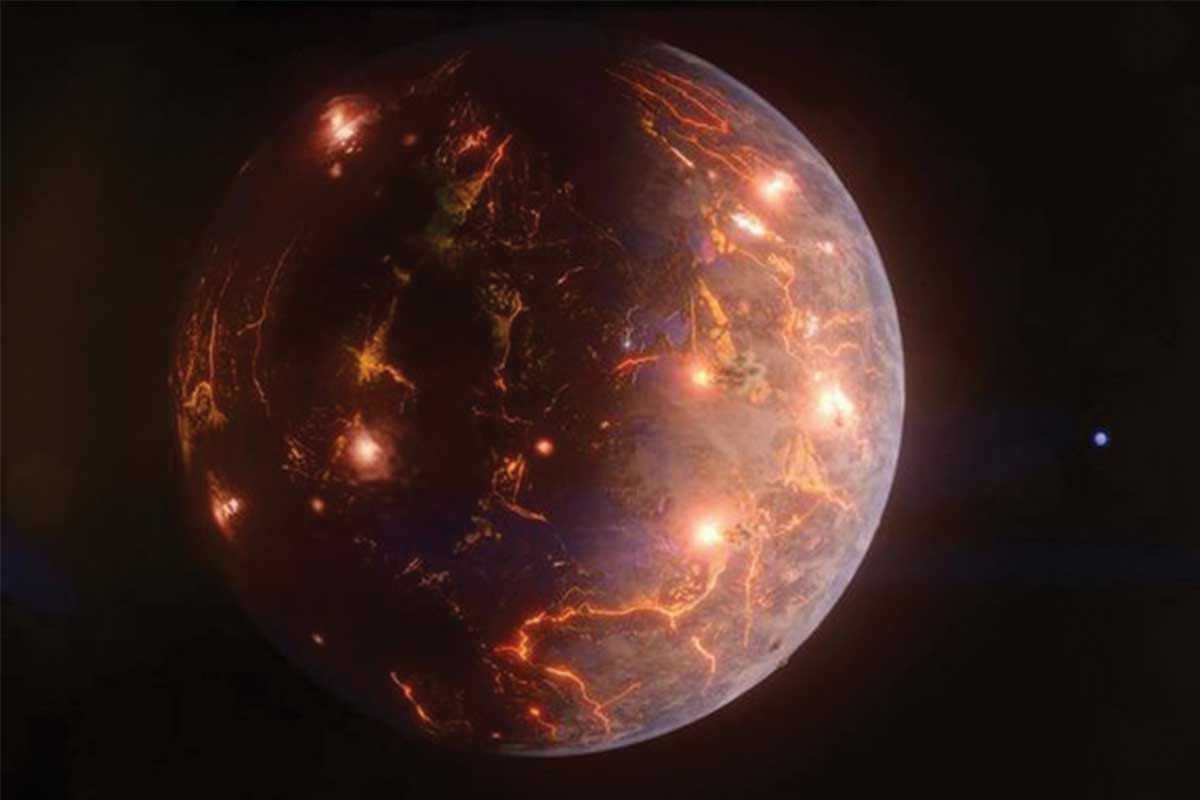NASA astronomers discovered an Earth-sized exoplanet covered in volcanoes. The planet, named LP 791-18 d, is located about 90 light-years from Earth and is in the habitable zone of its star, meaning it could potentially sustain liquid water on its surface.
The discovery was made possible by NASA’s Transiting Exoplanet Survey Satellite (TESS) and the retired Spitzer Space Telescope. TESS detected the planet’s transit, or the brief dimming of its star as the planet passes in front of it. Spitzer then confirmed the planet’s existence by measuring its heat signature.
Volcanic Activity
The researchers who discovered LP 791-18 d believe that the planet is covered in volcanoes. The volcanoes are likely caused by the planet’s youth and its proximity to its star. The star’s heat causes the planet’s mantle to melt, which in turn leads to the formation of volcanoes.
Impact on Atmosphere
The volcanoes on LP 791-18 d could have a significant impact on the planet’s atmosphere. The volcanoes could release greenhouse gases, which could warm the planet, or sulfur dioxide, which could cool the planet.
Future Research
The researchers who discovered LP 791-18 d plan to continue studying the planet to learn more about its atmosphere and its potential for habitability. They hope to use the James Webb Space Telescope to study the planet’s atmosphere in more detail.
Significance of Discovery
The discovery of LP 791-18 d is a significant step forward in the search for life beyond Earth. The planet is the first Earth-sized exoplanet to be found in the habitable zone of a star that is similar to our Sun. The planet’s volcanoes could make it more habitable, and the researchers who discovered it plan to continue studying it to learn more about its potential for life.
Image : NASA
